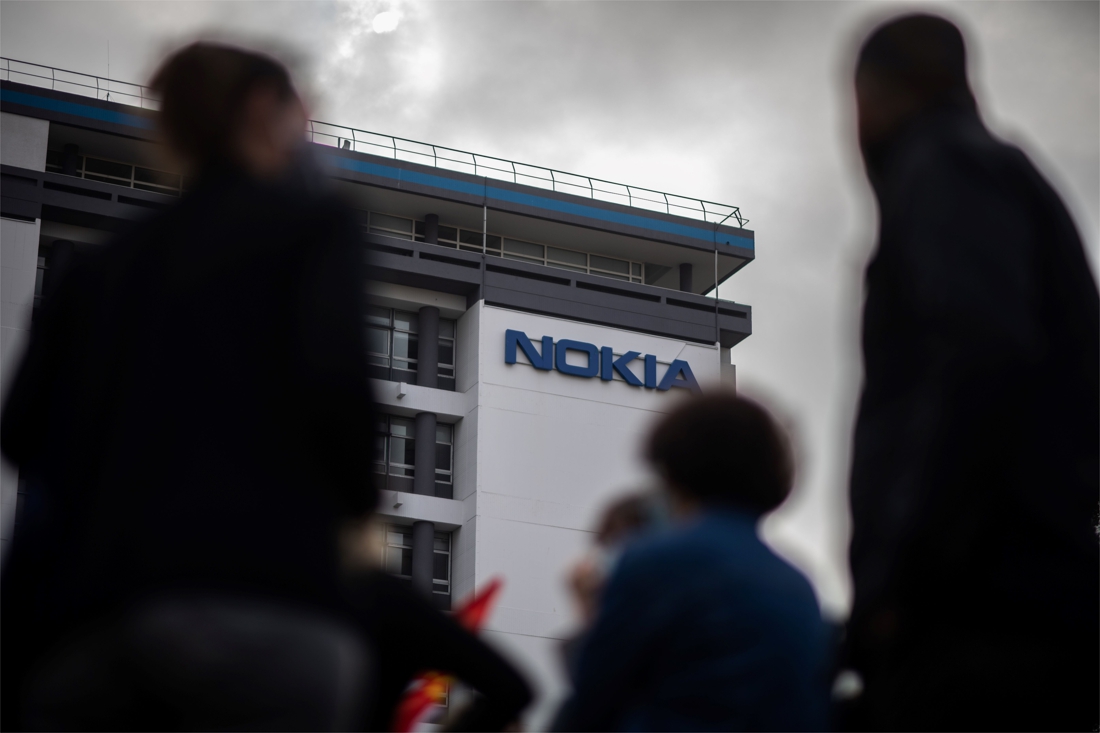Huawei technology in our telecom networks would gradually be replaced by Nokia. That reports Reuters. This is in line with expectations, because in June of this year the National Security Council (NVR) decided to introduce restrictions to prevent ‘undesirable’ use of the infrastructure. Chinese suppliers such as Huawei and ZTE will therefore not be able to deliver critical 5G infrastructure to our country.
–
The telecom networks Orange and Proximus would have been pressured by political policymakers to distance themselves from Chinese suppliers, Reuters knows. With the European rollout of 5G just around the corner, the telecom networks are now working with the European Nokia. Luxembourg would also switch to the Finnish technology company for its telecom infrastructure.
A recent report found that the 4G network in Belgium is almost entirely owned by China. This is problematic, because the European institutions and NATO headquarters make our country a possible target for espionage. Although the Belgian Center for Cybersecurity (CCB) found no concrete indications of espionage threat, the National Security Council has already laid down strict rules. Then it became clear that Huawei would not have a leading role in the Belgian 5G infrastructure. These rules came after the European Commission warned in January about suppliers with a ‘high risk’. By this they mean suppliers who “may be under the influence of interference from a non-EU country.”
Our country was also under pressure from the Americans, who are engaged in a trade war with China. Washington threatened to stop sharing intelligence with allies who would work with the Chinese to develop 5G.
A month earlier, Nokia announced that it had signed a deal with BT, the largest telecom operator in the country, for the rollout of 5G in the United Kingdom. Other European countries are also currently looking at how they will roll out 5G. For example, stricter legislation would be on the way in Germany. France, according to Reuters sources, would like to ban Huawei completely by 2028.
– .

:quality(80)/cdn-kiosk-api.telegraaf.nl/a364271c-0987-11eb-aa77-02c309bc01c1.jpg)
